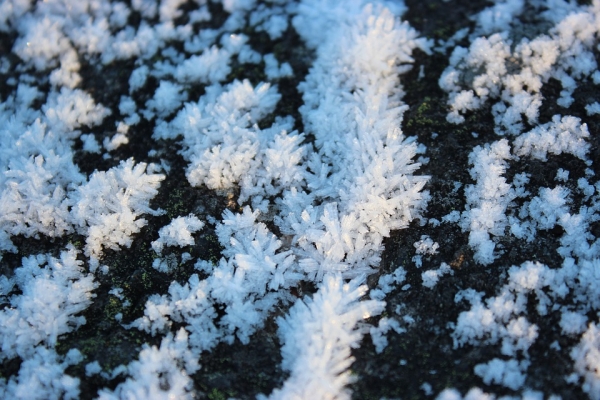New insights into the binding of carbon to mineral particles in permafrost can improve the prediction of greenhouse gas release / Publication in ‘Nature Communications’.
About a quarter of the organic carbon contained in ice-rich Arctic permafrost is more difficult for microorganisms to utilize. The reason for this is a strong binding of the organic material originating from dead plant remains to mineral soil particles. That is the result of a study conducted by a research group led by Professor Dr Janet Rethemeyer and Dr Jannik Martens at the University of Cologne’s Institute of Geology and Mineralogy. Accurate predictions of the release of greenhouse gases from permafrost deposits are therefore more complex than previously assumed.
The results of the joint project, which was funded by the German Federal Ministry of Education and Research (BMBF), are published in the article ‘Stabilization of mineral-associated organic carbon in Pleistocene permafrost’ in the journal Nature Communications.
The Arctic is warming dramatically fast compared to other parts of the world. Much of it is covered by permafrost and contains large amounts of carbon, almost twice as much as the atmosphere. This carbon comes from plants that have grown over thousands of years, decomposed in the soil and then become ‘frozen’. Due to strongly rising temperatures in the Arctic, this gigantic freezer is thawing fast. The old carbon stored in it can now be degraded by microorganisms, releasing carbon dioxide and methane into the atmosphere. These greenhouse gases accelerate global warming. The warmer it gets, the more greenhouse gases are in turn released from the permafrost, causing temperatures to rise further and frozen soils and sediments to thaw even faster. “There is a feedback of carbon in permafrost with climate, the strength of which depends largely on those factors that influence microbial degradation,” said Janet Rethemeyer.
Read more at University of Cologne
Photo Credit: GiB84 via Pixabay


